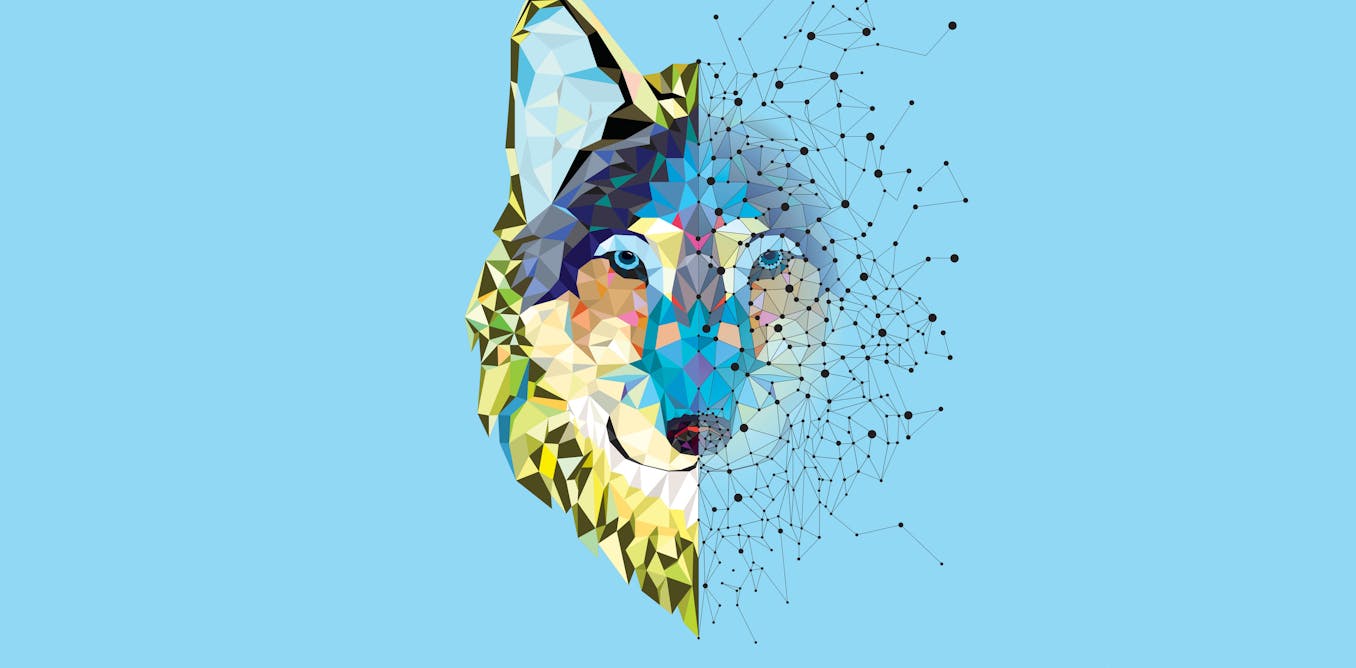
"Colossal Biosciences claims to have restored the dire wolf, but in reality, they merely edited gray wolf genes, raising questions about species definition."
"The distinction between merely modifying a few genes and recreating a long-extinct species highlights the complex nature of species classification."
"Understanding species concepts is crucial in evaluating de-extinction efforts, as the definition of a species lacks consensus even among scientists."
"The challenge of defining a species raises profound questions about biodiversity and classification, emphasizing the blurred lines in nature's taxonomy."
Colossal Biosciences announced the successful birth of three wolf pups, claiming to have restored the dire wolf through gene editing. However, this project edited only a few gray wolf genes and used domestic dog surrogates, prompting skepticism. Experts argue that the small genetic tweaks fail to replicate the full biological identity of the extinct species, leaving much of the dire wolf's genetics unknown. This raises deeper questions about species definitions, highlighting the lack of consensus among scientists on what constitutes a species and the implications for biodiversity.
Read at The Conversation
Unable to calculate read time
Collection
[
|
...
]